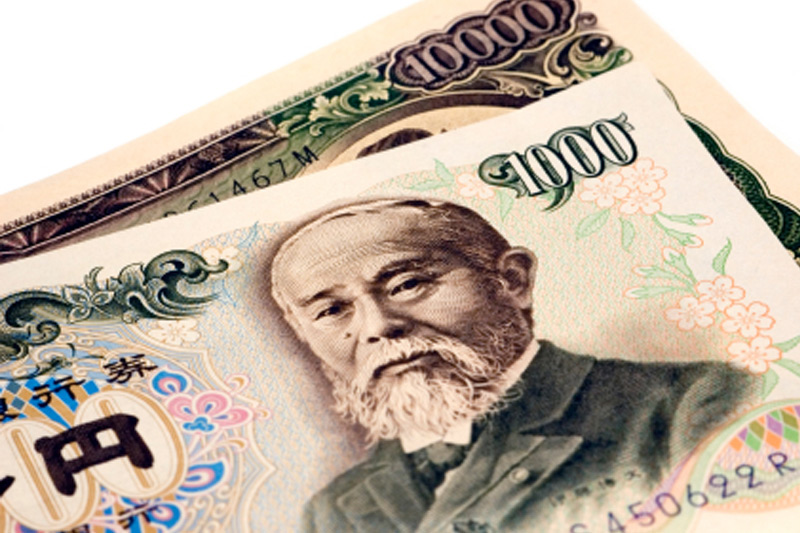Investing.com - The yen gained on Monday in Asia after the Tankan Sentiment index showed a steady view of conditions for manufacturers.
In Japan, the Tankan manufacturing index for large firms was steady at plus-12 for the fourth quarter, while the large non-manufacturing index dipped to plus-18 from plus-19. A positive figure indicates the majority of firms see better business conditions.
USD/JPY traded at 120.86, down 0.10% after the data. AUD/USD dipped 0.34% to 0.7165, as investors eyed Chinese data from the weekend.
China on Saturday said that industrial production in November rose 6.2% year-on-year, while retail sales gained 11.2% and fixed investment increased 10.2%.
All three economic indicators published by the National Bureau of Statistics beat estimates of economists, with industrial output growth standing out with a far better performance than expected.
After lending and imports topped forecasts earlier in the week, November has ended up offering some signs that the country's economic slowdown is stabilizing after the government's additional monetary and fiscal stimulus this year.
In the week ahead, investors will be focusing their attention on Wednesday’s outcome of the final Fed meeting of 2015. U.S. economic reports on inflation, manufacturing activity and industrial production will also be closely watched ahead of the rate announcement.
Wednesday’s survey data on euro zone private sector growth will be scrutinized by market watchers for signs of a recovery in the region.
On Monday, European Central Bank President Mario Draghi is to speak at an event in Italy.
The U.S. dollar index, which measures the greenback’s strength against a trade-weighted basket of six major currencies, was up 0.15% to 97.75.
Last week, the dollar weakened against the other major currencies on Friday as tumbling oil prices and declines in China’s yuan dragged the wider markets lower, and dimmed expectations for rapid rate hikes by the Federal Reserve in the coming year.
The drop in the dollar came as oil prices fell to the lowest levels since early 2009 amid expectations that a global supply glut will worsen next year. Falling oil prices have sparked renewed concerns over the health of the global economy and weighed on global inflation.
Investor nervousness was exacerbated as China’s yuan fell to the lowest levels in four-and-half years on Friday, pressured lower by worries over slowing growth in the world’s second-largest economy and expectations for higher U.S. interest rates. Most investors expect the Fed to raise interest rates for the first time since June 2006 at its upcoming meeting on December 15-16.
Higher interest rates would make the dollar more attractive to yield-seeking investors.
The dollar had moved higher earlier in the day after data showing that U.S. retail sales rose 0.6% in November, following a 0.2% increase in October.
The solid data indicated that the economy is on a strong enough footing to support higher interest rates.
A separate report showed that the U.S. producer price index rose 0.3% in November, but was down 1.1% on a year-over-year basis, pointing to ongoing weakness in inflation pressures from the strong dollar and lower oil prices.
